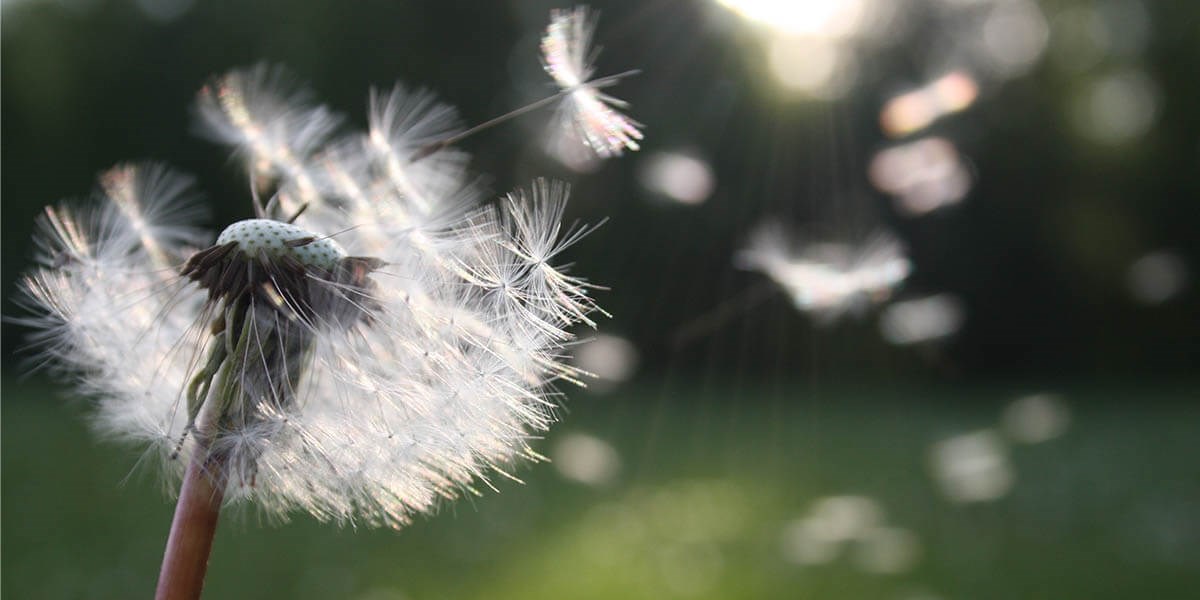Hay fever, a common allergic condition affecting millions worldwide, is becoming a significant issue in the UK. This seasonal allergy, triggered by pollen, can cause discomfort and negatively impact the daily lives of those affected. With the UK experiencing a surge in hay fever cases, it is crucial to understand the causes, symptoms, and possible solutions to this widespread health concern.
A recent Daily Mail article highlights the growing number of Brits seeking help from the National Health Service (NHS) for hay fever. The data reveals an alarming increase in the number of people affected by this seasonal allergy, causing concern for public health officials and medical professionals nationwide.
In this article, we will discuss the symptoms of hay fever, explore its triggers and causes, and provide tips for prevention and treatment. Understanding the scope of the issue, we can work towards managing and alleviating the effects of hay fever in the UK.
Table of Contents
Rising Cases of Hay Fever in the UK
The Daily Mail article brings attention to the rapidly increasing number of Brits seeking help from the NHS for hay fever, with officials reporting that hay fever advice was sought every three seconds on a particularly busy Sunday. According to the data, there were 122,650 visits to the NHS hay fever section of the website during the last week, which is a significant rise compared to just 35,000 visits in the first week of May.
This increase in hay fever cases is attributed to the “pollen bomb” that has hit the country, causing pollen levels to reach “very high” levels across the UK. It has resulted in discomfort for millions of people attempting to enjoy the Caribbean-esque heatwave. The “pollen bomb” is expected to last all week, with each area of England under red alert until Saturday, further impacting hay fever sufferers.
In addition to the discomfort experienced by those with hay fever, the high pollen count can also worsen symptoms for individuals with asthma and other respiratory conditions. Asthma and Lung UK, a medical charity, has found that nearly half (47.1%) of the 5 million Britons with asthma and more than a quarter (27.4%) of the 1.3 million with Chronic Obstructive Pulmonary Disease (COPD) are triggered by pollen.
Hay Fever Symptoms
Hay fever in the UK affects an increasing number of people due to the recent hot weather and high pollen levels. It is essential to recognize its symptoms and impact on individuals, especially those with respiratory conditions.
Here are some of the symptoms of hay fever in the UK:
- Red, Sore, Watery, and Itchy eyes
One of the primary symptoms of hay fever is the irritation of the eyes, which can become red, sore, watery, and itchy. It is due to the body’s immune response to pollen, causing inflammation and discomfort.
- Runny or Blocked Nose
A runny or blocked nose is a common symptom of hay fever. It occurs when the nasal passages become inflamed due to the body’s immune response to pollen. The inflammation can cause an increase in mucus production, leading to a runny nose, or swelling in the nasal passages, resulting in a blocked nose.
- Sneezing
Sneezing is another typical symptom of hay fever. When pollen particles enter the nasal passages, they can irritate the sensitive lining, triggering the sneeze reflex. Sneezing is the body’s way of expelling pollen particles and preventing them from entering the respiratory system.
- Coughing
Coughing is also commonly associated with hay fever. Pollen particles irritate the throat and airways, leading to a dry, persistent cough. Like sneezing, coughing is the body’s mechanism for removing pollen particles from the respiratory system and preventing further irritation.
- Itchy Throat and Palate
An itchy throat and palate can also be a symptom of hay fever. When pollen comes into contact with the sensitive tissues in the mouth and throat, it can cause irritation and itchiness.
Causes and Triggers of Hay Fever in the UK
Hay fever, a widespread issue in the UK, is an allergic reaction to pollen that affects individuals differently based on the type of pollen and the time of year. Understanding the causes and triggers of hay fever can help individuals better manage their symptoms and enjoy outdoor activities during the pollen season.
- Allergic Reaction to Pollen
Hay fever is an allergic reaction caused by pollen contact with the mouth, nose, eyes, and throat. The body’s immune system mistakenly identifies pollen as a harmful substance and releases histamine, which leads to inflammation and various symptoms associated with hay fever.
- Tree Pollen
Tree pollen is one of the triggers of hay fever. It is released during spring, typically from late March to mid-May. Common tree pollen allergens in the UK include birch, oak, and ash. Individuals allergic to tree pollen may experience hay fever symptoms during this period.
- Grass Pollen
Grass pollen is another common trigger for hay fever, often affecting individuals during the end of spring and the beginning of summer, usually from mid-May to July. Grass pollen is the most common cause of hay fever, with approximately 95% of hay fever sufferers in the UK being allergic to it.
- Weed Pollen
Weed pollen, released in late autumn, can also provoke hay fever symptoms. While not as common as tree and grass pollen, certain weeds, such as nettles, docks, and mugwort, can cause allergic reactions in some individuals.
- Time of Year
People are most severely affected by hay fever between late March and September, especially when it is warm, humid, and windy. During this period, the pollen count is at its highest, increasing the likelihood of experiencing hay fever symptoms. Weather conditions, such as the current heatwave in the UK, can exacerbate the pollen levels and intensify hay fever symptoms for many individuals.
Tips for Preventing and Treating Hay Fever
As hay fever continues to affect many individuals in the UK, it is crucial to understand the various treatment options and preventive measures available. By implementing these strategies, sufferers can reduce the severity of their symptoms and improve their quality of life during the pollen season.
Treatment Options
- Antihistamines
Antihistamines are a common treatment for hay fever, as they help to counteract the effects of histamine released by the body during an allergic reaction. They can be taken as tablets, nasal sprays, or eye drops and are available over the counter or by prescription.
- Steroids
Steroid nasal sprays may reduce inflammation and alleviate hay fever symptoms. They are most effective when used regularly and started before the pollen season begins. A doctor may prescribe a stronger steroid treatment if over-the-counter options are ineffective.
- Immunotherapy
Immunotherapy may be considered for severe hay fever cases that do not respond well to other treatments. It should only be carried out under the supervision of a specialist.
Preventive Measures
- Applying Vaseline Around the Nostrils
Using a barrier balm around the nostrils can help trap pollen and prevent it from entering the nasal passages, reducing hay fever symptoms.
- Wearing Wraparound Sunglasses
Wearing wraparound sunglasses can help protect the eyes from pollen, reducing irritation and other eye-related hay fever symptoms.
- Investing in a Pollen Filter and HEPA Vacuum Cleaner
Installing a pollen filter in car air vents can help prevent pollen from entering the vehicle. A HEPA filter vacuum cleaner can also help reduce indoor pollen levels.
- Avoiding Grass Cutting and Walking on Grass
Limiting exposure to grass by avoiding grass cutting and walking on grass can help minimize contact with grass pollen. It is also advisable to avoid keeping fresh flowers in the house, as they can contribute to pollen exposure.
- Staying Informed About Pollen Counts
On days with high pollen counts, it might be best to stay indoors as much as possible or take extra precautions when venturing outside. Many weather websites and apps provide pollen count information.
- Showering and Changing Clothes After Outdoor Activities
After spending time outdoors, it’s essential to shower and change into clean clothes to remove pollen that may have settled on the skin, hair, and clothing. Washing hands frequently throughout the day can also help remove pollen residue.
Implementing these treatments and preventive measures can help the individuals affected by hay fever in the UK better manage their symptoms and enjoy their daily activities during the pollen season.
Seeking Relief from Hay Fever in the UK
With the prevalence of hay fever in the UK, it is crucial for individuals experiencing severe symptoms to seek professional medical advice and take appropriate measures to manage their condition. It is particularly important for those with underlying respiratory issues, as hay fever can exacerbate their symptoms and lead to further complications.
Comprehending the triggers, causes, and various treatment alternatives for hay fever is critical for UK inhabitants afflicted by this seasonal allergy. Staying updated and introducing preventive measures allows these individuals to limit their contact with pollen, mitigate their symptoms’ severity, and enhance their life quality during the pollen season.

